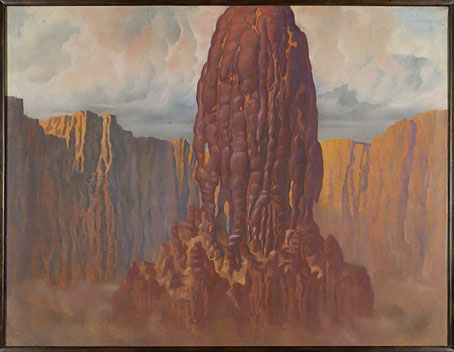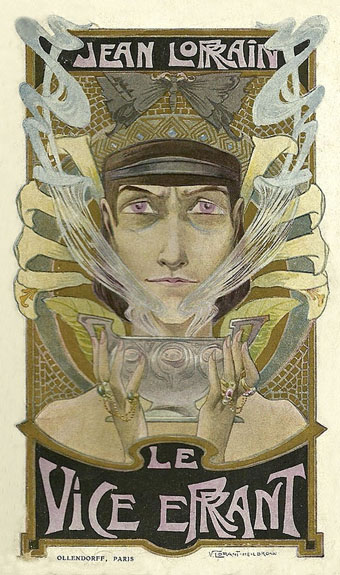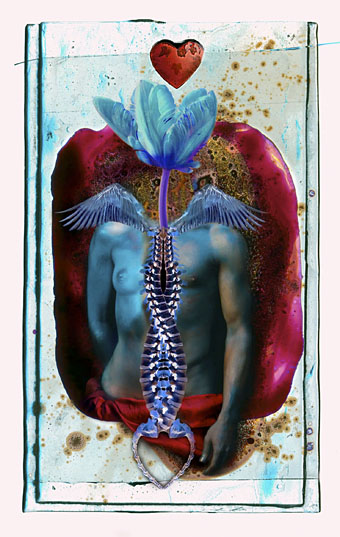
Bruxelles 1958 Exposition Universelle (1958) by Leo Marfut.
• “In a moment when our collective memory is being systematically eradicated, archiving reemerges as a strong form of resistance, a way of preserving crucial, subversive, and marginalized forms of expression. We encourage you to do the same.” Welcome back, Ubuweb.
• A catalogue of lots at another After Dark: Gay Art and Culture online auction. Homoerotic art, photos, historic porn. etc.
• At Public Domain Review: George Baxter’s print of Crystal Palace dinosaurs (ca. 1864).
• At Spoon & Tamago: Contemporary Nihonga images of hamsters created by Otama-shimai.
• At Discogs: James Balmont explores Japan’s ambient boom of the ’80s and ’90s.
• Mix of the week: A mix for The Wire by Sakina Abdou.
• RIP Mike Ratledge, co-founder of Soft Machine.
• New music: Signals And Codes by Andrew Heath.
• At Dennis Cooper’s it’s Les Blank’s Day.
• Signaux Codes Non Identifiés (1978) by Michel Magne | Code Rays (Codex Dub) (1995) by Main | Silent Code (1999) by Robert Musso




